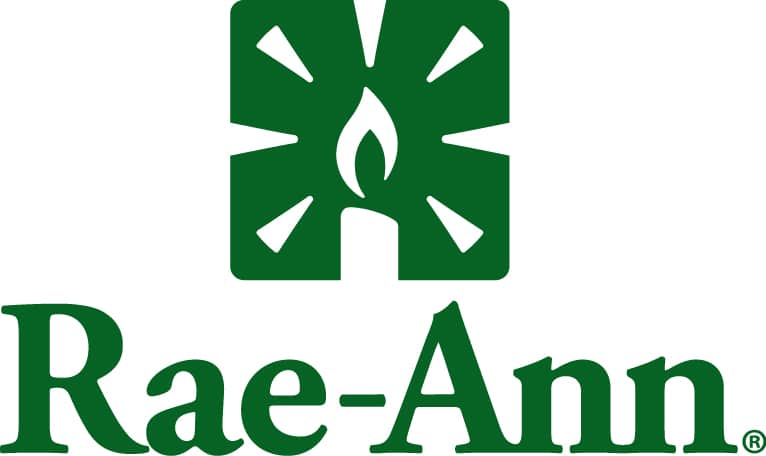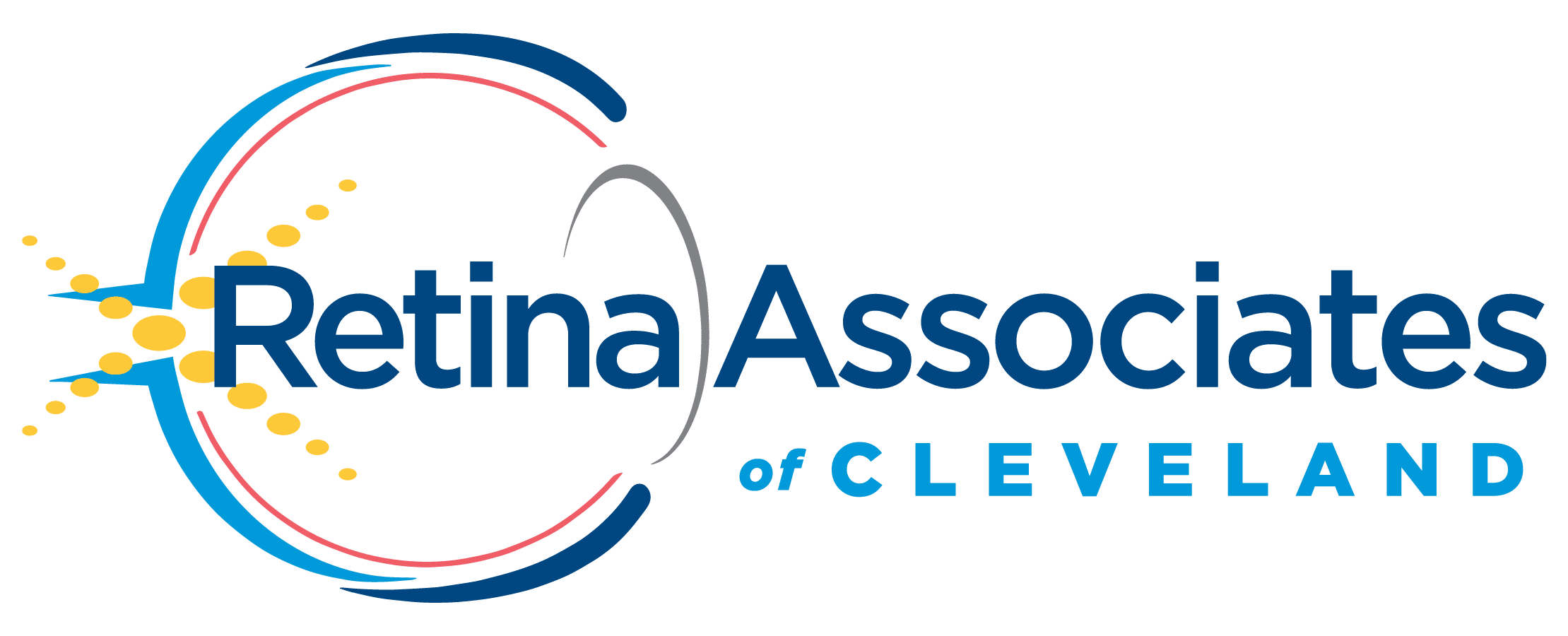There’s nothing like a deadline to get things moving in Congress, and December 2019 was no exception. In the waning days of the year, lawmakers married together three important pieces of legislation that will impact many taxpayers and all American who hold 401(k) or 403(b) retirement accounts. Enacted just before Christmas, most of the bill’s provisions became effective Jan. 1, 2020, find out which tax extenders benefit you.
The Further Consolidated Appropriations Act of 2020 funds federal government operations, extends certain income tax provisions that had already expired or were due to expire at the end of 2019, and includes a retirement-related law – the Setting Every Community Up for Retirement Enhancement (SECURE) Act – that changes some important features of defined contribution plans such as 401(k) and 403(b) plans. The legislation also provides tax relief for victims of certain disasters.
Here’s a rundown of key provisions in the law.
Tax Extenders
Some of the most widely relevant breaks that have been extended through 2020 include:
- The exclusion from gross income of discharge of qualified principal residence indebtedness, restoring a tax break that was in place before the Tax Cuts and Jobs Act of 2017 (TCJA) was enacted.
- The treatment of mortgage insurance premiums as qualified residence interest for itemized deduction purposes. This applies to taxpayers below certain income levels and is related only to principal residences.
- The reduction in the medical expense itemized deduction floor to 7.5 percent of adjusted gross income. This means that taxpayers with medical expenses that exceed 7.5 percent of AGI may take a medical deduction for the portion of expenses above that level. This restores the medical expense itemized deduction floor to 7.5 percent of AGI, where it had been before the TCJA boosted it to 10 percent.
- The above-the-line deduction for qualified tuition and related expenses, enabling taxpayers to reduce their gross income by up to $4,000 to offset educational expenses.
- Empowerment zone tax incentives, providing a tax credit to businesses that hire workers who live in distressed areas. The credit is equal to 20 percent of the first $15,000 in wages earned in a taxable year if the employee both lives and works in an empowerment
- The New Markets credit, which incentivizes business and real estate investment in low-income areas.
- The employer tax credit for paid family and medical leave.
- The Work Opportunity credit which incentivizes private-sector businesses to hire workers from certain target groups that have historically faced barriers to employment. Companies may receive tax credits valued between $2,400 and $9,600 for each qualifying new hire.
- Repeals the new “kiddie tax” introduced by the Tax Cuts and Jobs Act.
- Several additional tax incentives for employment and economic growth and for energy production and efficiency.
The legislation also repealed three health care taxes contained in the Affordable Care Act: the excise tax on certain high-cost employer health plans (“Cadillac tax”), the excise tax on medical devices, and the annual fee on health insurance providers.
The retroactive extension of some tax breaks that had expired at the end of 2017 means that some taxpayers should consider filing amended returns for 2018.
Disaster Tax Relief
The bill also provides several tax relief provisions related to disasters occurring in 2018, 2019 and up to 30 days after enactment of the legislation:
- Eligible taxpayers can make tax-favored withdrawals from retirement plans to cover disaster-related expenses.
- An employee retention tax credit for eligible employers equal to 40 percent of qualified wages, which are wages paid to an employee during the time the employer’s business is not operating due to a natural disaster (up to 150 days after the disaster).
- Special rules for disaster-related personal casualty losses and for determining earned income for purposes of the earned income tax credit.
- Automatic 60-day filing extensions for certain taxpayers affected by federally declared disasters.
Retirement Plan Changes
The SECURE Act – Setting Every Community Up for Retirement Enhancement – passed the House with broad bipartisan support on a 417-3 vote last May and was widely anticipated to sail through the Senate. However, it became mired in partisan maneuvering in the Senate and appeared destined to languish indefinitely until it was rolled into this year-end spending and tax bill.
Designed to encourage saving for retirement, the SECURE Act will impact all retirement savers to one degree or another. Its provisions already took effect on Jan. 1, 2020.
Here are some of the most significant provisions:
- Eliminates the age 70½ limit for making traditional IRA contributions, so that anyone can contribute if they’re working, matching the existing rules for 401(k) plans and Roth IRAs. There is also a provision that reduces the amount you can directly contribute to charity.
- Increases the age at which taxpayers must begin to take required minimum distributions (RMDs) from 70½ to 72.
- Exempts from the 10 percent tax penalty on early retirement account withdrawals a maximum of $5,000 within one year of the birth of a child or an adoption becoming final.
- Eliminates the “stretch” RMD provisions that have permitted beneficiaries of inherited retirement accounts to spread the distributions over their life expectancies. Distributions now must be taken within 10 years of the death of the original account owner. There are some exceptions to this and a spouse still qualifies.
- Expands access to open multiple employer plans (MEPs), which give smaller, unrelated businesses the opportunity to team up to provide defined contribution plans at a lower cost, due to economies of scale, with looser fiduciary duties.
- Eliminates employers’ potential liability when it comes to selecting appropriate annuity plans.
- Makes it easier for long-term part-time workers to participate in workplace retirement plans providing they have worked three consecutive years of at least 500 hours and have reached age 21.
- The SECURE Act also repealed kiddie tax rules added by the Tax Cuts and Jobs Act (TCJA) after Dec. 31, 2019. There are elections, as provided by IRS, that can be made to apply the repeal to tax years beginning in 2018, 2019 or both.
Talk To Your Tax Advisor
These are only some of the provisions in the new law. Your tax advisor can help you determine which provisions may apply to you, and whether filing amended returns for past years may be beneficial. Please contact us with any questions.
Related Insights
Featured Post

Featured Client Testimonials
BW is a true partner to us. Their knowledge, expertise, and service are a valuable resource to us and play an important role in our success!
John Allen - Vice President of Finance, Kaufman Container

Featured Client Testimonials
I appreciate the exceptional tax advice we received over the years. The (BW team) has a good grasp of our business needs. Thank you for your excellent service.
John Griffiths - Owner, Rae Ann, Inc.

Featured Client Testimonials
The BW team has been fantastic to work with; both the team member at our office as well as at the partner level. Any issues or concerns are handled very efficiently and effectively.
Kelley Needham - Chief Executive Officer, Epilepsy Association

Featured Client Testimonials
Barnes Wendling has been our company accountants for over seven years. Their knowledge has been instrumental in helping us grow strategically during this time. And although we’ve seen many changes in our economy that we cannot control, we’ve always been able to trust the Barnes team to be by our side. The Barnes team feels like family. We can’t thank them enough for their support!
Christine Kloss - Controller, AT&F

Featured Client Testimonials
Barnes Wendling has been our company accountants for over 15 years. During this time, the business has grown exceptionally, and Barnes has kept pace, providing accurate, quality advice. Our finances are more efficient than ever, and the expense of hiring Barnes has been a definite positive add to our bottom line. I give my highest recommendation to their firm.
David Miller, MD - President, Retina Associates of Cleveland

Featured Client Testimonials
Barnes Wendling has provided us guidance and recommendations that have strategically helped strengthen our business and position ourselves for growth. We needed to hire a new VP of Finance and Controller this past year, and they were instrumental in helping us find the best candidates for our company.
Sara Blankenship - President, Kaufman Container

Featured Client Testimonials
We value the trust, accuracy of information, and reliability of Barnes Wendling and Mike Essenmacher personally. Mike has been instrumental as a trusted advisor on accounting, tax, and personnel issues. His advice is always accurate, and he is very reliable. His associates are also very talented.
Dominic Ozanne - President and CEO, Ozanne Construction Company

Featured Client Testimonials
We value Barnes Wendling’s expertise with all things accounting so we can operate our business using our strengths and allowing them to be our experts. They have also brought me a few business sale opportunities to allow me to grow my assets.
John Gaydosh - President and Metallurgical Engineer, Ohio Metallurgical Service

Featured Client Testimonials
Barnes Wendling (especially Lena) did a great job with our financials. Everything. It is extremely refreshing and comforting to know that all of our numbers are not only correct, but they are in the right place(s). Your diligence and reporting truly does make me (personally) feel better.
Thomas Adomaitis - Controller, Bialosky Cleveland

Featured Client Testimonials
I can wholeheartedly tell you that I have yet to work with an audit or tax team that have been more helpful, easy to work with, and committed than the team at Barnes Wendling- I have been through three different firms in the last few years.
Michelle Saylor, Former Controller, Aero Mag

Featured Client Testimonials
Floyd Trouten at Barnes Wendling CPAs is an “expert’s expert” when it comes to M & A accounting. Not only does he understand the evolving details of the Tax Code but he also sees the fine points of their application for owners, managers, investors, and financiers.
Mark A. Filippell, Western Reserve Partners

Featured Client Testimonials
The service is amazing at Barnes Wendling CPAs. The benefit is worth more than the cost. Sometimes it’s true that you get what you pay for.
Mark Boucher - Former Owner, Castle Heating & Air










